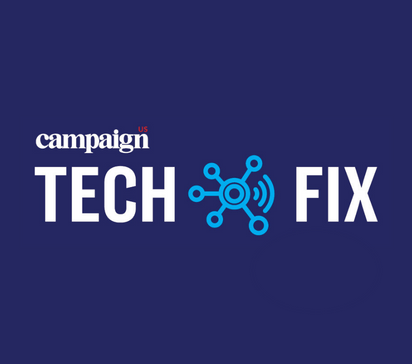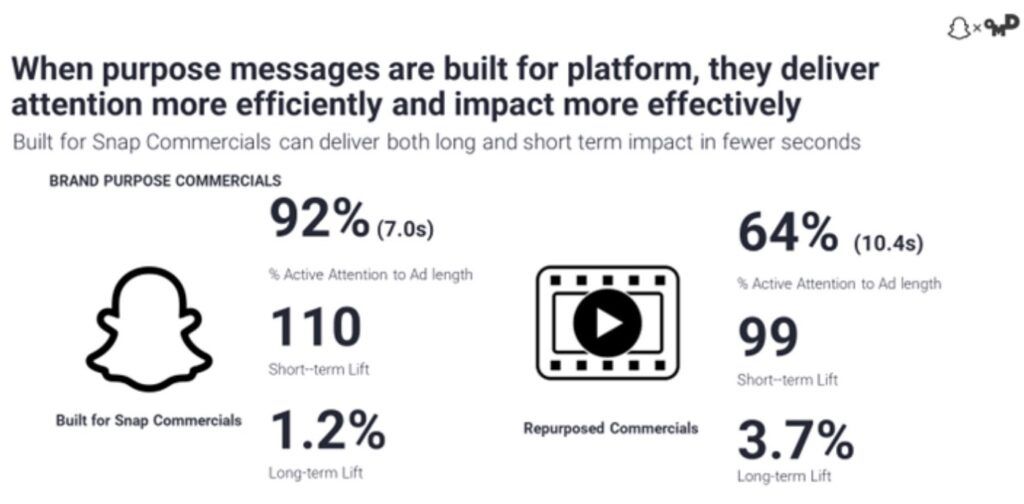Hot topic
Meta has dominated headlines this week over its strategies to cut costs and recoup revenue.
February 23, 2023 | By Jessica Heygate
The social media giant is believed to be preparing another wave of job cuts, The Washington Post reports, three months after it slashed 11,000 roles — roughly 13% of its workforce.
Thousands of employees — an estimated 10% of the workforce — were given low scores in recent performance reviews, according to The Wall Street Journal. It is understood that Meta will use the results to inform where to make cuts.
CEO Mark Zuckerberg told investors he was focused on “continuing to streamline the company” during its most recent earnings call as he declared 2023 “the year of efficiency.” Meta said at the time it expects $1 billion in restructuring costs in 2023.
In particular, Zuckerberg said Meta is flattening its structure by removing some layers of middle management. The Post reports that Meta is planning to demote some leaders so there are less people with direct reports. The company is not replacing chief business officer Marne Levine, whose departure was announced last week, but instead splitting her responsibilities between long-time executives Nicola Mendelsohn and Justin Osofsky.
At the same, Meta is experimenting with new ways to make money as “weak” ad demand continues to be a drag on revenue, which fell by 4% to $32.2 billion in Q4. It has begun testing a subscription service for Facebook and Instagram that will allow users to pay to become verified. Called Meta Verified, it will cost $11.99/month on the web or $14.99/month on iOS or Android. The service will also provide “proactive account protection, access to account support, and increased visibility and reach,” Meta said.
The service is currently limited to creators, but Meta said the long-term plan is to offer it to businesses as well.
It appears to be another case of Meta copying its competitors. In November, Twitter owner Elon Musk unveiled a revamped Twitter Blue subscription service that charges users between $8 and $11 per month to become verified. The service got off to a rough start after a slew of accounts were set up to impersonate brands and celebrities.
Meta has a track record of building successful copycat products, such as Reels and Stories, and analysts seem hopeful. A Bank of America research note said the new Verified service could land nearly 12 million subscribers and generate $1.7 billion in revenue by 2024, CNBC reports.
Under the hood
A lawsuit seeking to hold tech companies legally liable for the content on their platforms was debated in the Supreme Court on Tuesday.
Gonzalez v. Google argues that YouTube helped the Islamic State attract new recruits by recommending terrorism content through its algorithm, in violation of the Anti-Terrorism Act. It has been brought forward by the family of Nohemi Gonzalez, an American student who was killed in a 2015 ISIS attack in Paris.
In oral arguments, Google argued that Section 230 of the Communications Decency Act shields the company from legal responsibility for the videos that YouTube’s recommendation algorithms surface. The Gonzalez family argued for Section 230 protections to be narrowed.
This would have significant repercussions on how the internet works and the algorithms that search engines and websites use to serve content. The complexity of this stumped Supreme Court justices, exposing significant gaps in their understanding of how the internet works. “We’re a court. We really don’t know about these things,” Justice Elena Kagan said during the nearly three-hour session. That’s comforting.
Fresh tech
– Digital agency Dept has launched an AI practice that brings together 400 specialists across five continents. Dept told Campaign US the practice includes 40 dedicated data scientists and engineers and will borrow the expertise of its existing creative, media, engineering and design staff.
– Epsilon has launched a customer data platform (CDP) that allows brands to connect online and offline customer data, providing a unified view of each customer that can be activated through digital media buys.
– Stagwell has consolidated digital product and design agency YML into its digital transformation and engineering network Code and Theory. The network now umbrellas six agencies including flagship shop Code and Theory, Kettle, Mediacurrent, Rhythm and Truelogic.
– Apple is making progress on bringing a no-prick blood glucose monitoring product to the Apple Watch, according to Bloomberg. But we’re still waiting to see what Apple’s answer to ChatGPT will be.
Buddy up
– Clean room software firm Habu integrated with data lakehouse platform Databricks.
– Roku is partnering with Best Buy on an interactive activation at SXSW.
Trends
Exclusive insights: Skippable ads on Snapchat deliver higher active attention levels than repurposed non-skippable content, according to a new global attention study from OMD Worldwide, Snapchat and Amplified Intelligence.
The study used Amplified Intelligence eye tracking technology to track the attention levels of 2,962 participants across five countries. Each were served 8,900 ads for products in eight verticals between June to August 2022.
It found a strong correlation between the performance of ads that are built for Snapchat platform vs. repurposed content. This was especially true for purpose-driven messaging, which, when built for the platform, outperformed on both active attention and short-term lift significantly vs. repurposed ads. Overall, purpose-driven messages delivered slightly less active attention and short-term lift than non-purpose messaging, but drove significantly more long-term lift, the study found.
Dollars and deals
– E-commerce insights platform MikMak acquired Swaven, a Paris-headquartered e-commerce enablement and analytics software company.
Reading list
In Smithsonian Magazine, Luke Savage delivers a useful guide to Malcolm Harris’ newly published book ‘Palo Alto: A History of California, Capitalism and the World,’ the thesis of which is that the most significant innovation to come from Palo Alto and Silicon Valley is not apps or microchips or electric cars, but a formula for producing inequality and securing monopoly.

